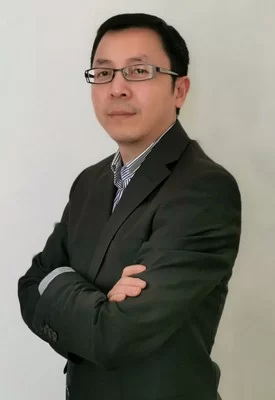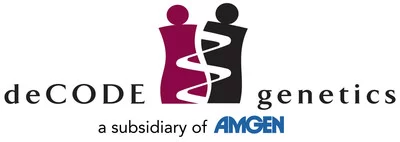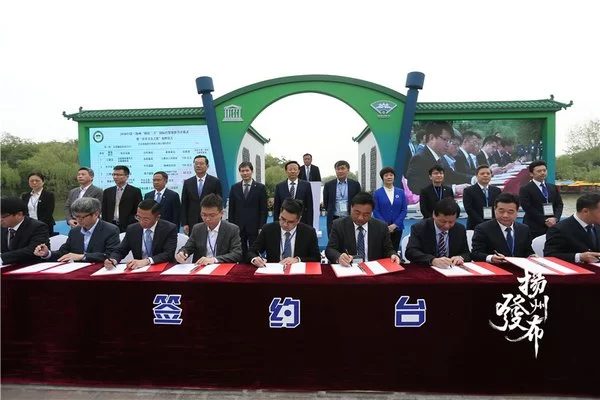ABU DHABI, UAE, May 12, 2020 /PRNewswire/ — Mohamed bin Zayed University of Artificial Intelligence (MBZUAI), the world’s first graduate-level, research-based artificial intelligence (AI) university, has appointed two leading experts in AI, education and technology, to its leadership team. Dr. Behjat Al…
Get your spyglass out! Educational detective game launches worldwide for curious kids to play at home
The Wollstonecraft Detective Agency: Thrilling adventure for young sleuths teaches coding, history and features famous women in STEM VICTORIA, British Columbia, May 7, 2020 /PRNewswire/ — Best-selling children’s book series The Wollstonecraft Detective Agency is now available as a seriously fun,…
Berkeley Lights Launches Two New Capabilities in the Opto Cell Therapy Development 1.0 Workflow to Accelerate the Creation Of Effective Cancer Immunotherapies
The new multiplex cytokine and cytotoxicity assays as a part of the Opto Cell Therapy Development 1.0 workflow will help users of the Berkeley Lights’ platform develop cancer immunotherapies faster EMERYVILLE, Calif., April 28, 2020 /PRNewswire/ — Today, Berkeley Lights, Inc.,…
Icelandic Genomes Elucidate Neanderthal Heritage of Europeans
Archaic genetic fragments comprising nearly half the Neanderthal genome are circulating in the European gene pool today The average European carries more than 500 such archaic fragments, including SNPs linked to prostate cancer risk, iron retention, blood clotting speed, and…
SAS and IIASA call for crowd-driven artificial intelligence to help track deforestation
SINGAPORE, April 22, 2020 /PRNewswire/ — SAS is committed to building a global community of innovators that use technology to ignite positive change for people and the planet. This Earth Day, SAS and the International Institute for Applied Systems Analysis (IIASA)…
Xinhua Silk Road: International economic, trade, tourism festival spurs dev. of E China’s Yangzhou
BEIJING, April 21, 2020 /PRNewswire/ — The 2020 China Yangzhou Flowery March International Economic, Trade and Tourism Festival kicked off on April 18 in Yangzhou of east China’s Jiangsu Province with 36 key projects contracted at the opening ceremony. It…








